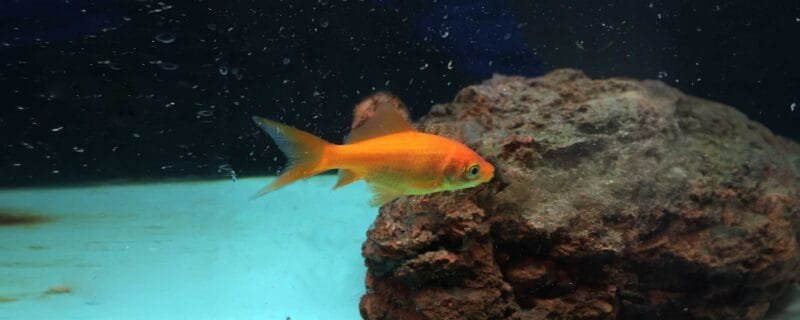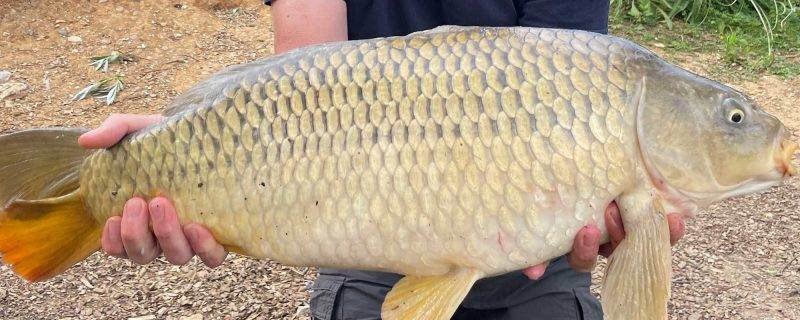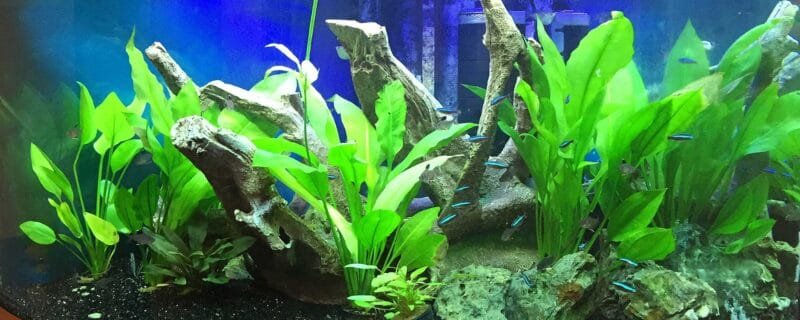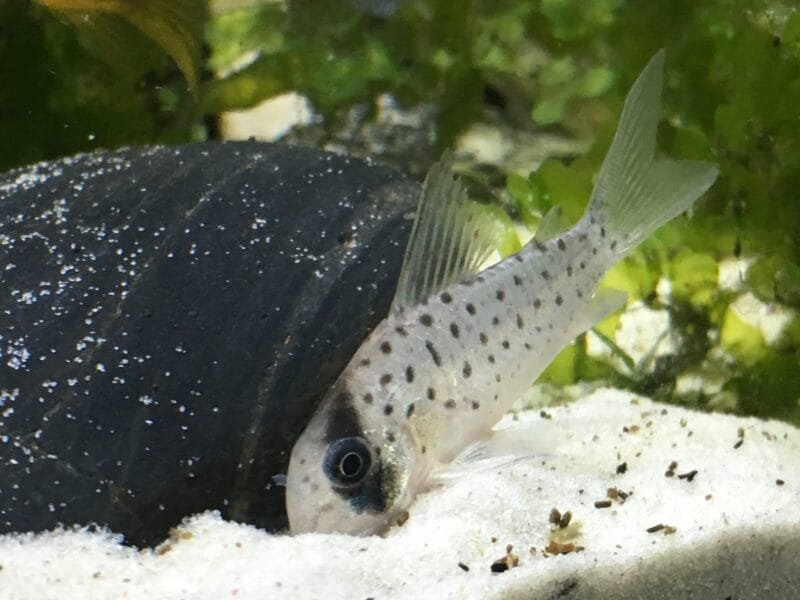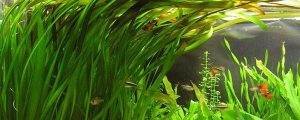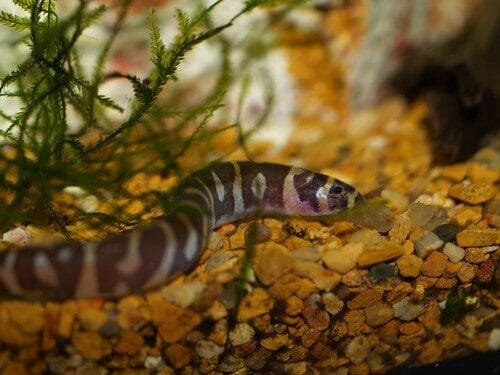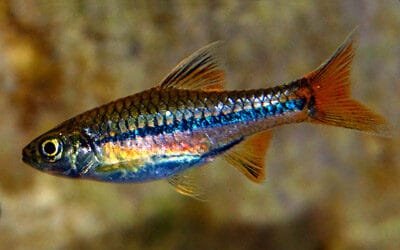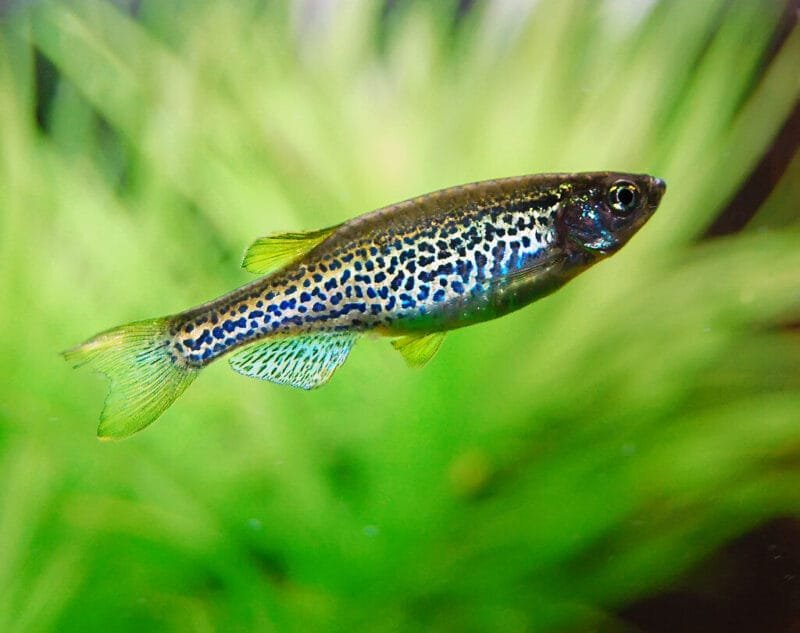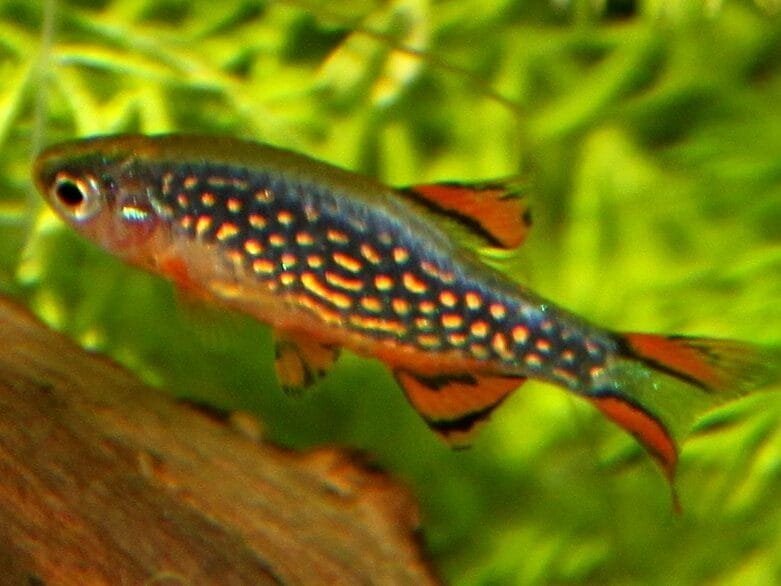The Magnificent Koi Carp (Cyprinus rubrofuscus): A Symbol of Beauty and Grace
The Koi Carp, scientifically known as Cyprinus rubrofuscus, is a mesmerizing and iconic fish species celebrated for its vibrant colors and graceful swimming. Revered in both aquarist circles and traditional Japanese culture, these elegant fish have captured the hearts of enthusiasts worldwide. In this blog post, we will immerse ourselves in the enchanting world of Koi Carp, exploring their characteristics, natural habitat, suitability for community tanks, native range, diversity, dietary preferences, alternative names, how to differentiate between males and females, and much more.
Characteristics and Size
Koi Carp are renowned for their captivating appearance, featuring:
- A sleek and elongated body adorned with striking, multicolored patterns, including shades of red, orange, yellow, white, and black.
- A variable size range, with adult specimens commonly growing to 12-36 inches (30-60 centimeters) or even larger, depending on environmental conditions and care. (The largest ever recorded was 4.1 feet)
These fish are prized for their beauty and grace, making them a cherished addition to both ornamental ponds and large aquariums.
Habitat and Native Range
Koi Carp originated from East Asia, primarily in Japan, where they were selectively bred from common carp (Cyprinus carpio). In their natural habitat, they inhabit freshwater ponds, slow-moving rivers, and flooded rice fields. Over the centuries, they have become a symbol of serenity and beauty in Japanese culture.
Suitability for Community Tanks
Koi Carp are best suited for spacious outdoor ponds rather than traditional community tanks due to their large size and growth potential. In a well-maintained pond environment, they can thrive alongside other fish species, creating a harmonious ecosystem. However, keeping Koi Carp in small aquariums or overcrowded community tanks is not recommended, as they require ample space to grow and exhibit their natural behaviors.
Varieties of Koi Carp
Koi Carp come in various distinct varieties, each with its own name and unique coloration patterns. Some of the most popular Koi varieties include Kohaku (white with red markings), Sanke (white with red and black markings), and Showa (black with red and white markings), among others.
Diet and Feeding Habits
Koi Carp are omnivorous and have a diverse diet that includes:
- High-quality Koi pellets and flakes.
- Fresh vegetables such as lettuce, peas, and spinach.
- Occasional live or frozen treats like bloodworms, brine shrimp, and daphnia.
Feeding Koi a balanced diet is essential for their health, color vibrancy, and overall well-being.
Alternative Names
Koi Carp are primarily known by their common name, but they may also be referred to as:
- Nishikigoi (the Japanese term for “brocaded carp”).
How to Differentiate Males and Females
Distinguishing between male and female Koi Carp can be challenging, but some general indicators include:
- Males are typically slimmer and more streamlined, while females tend to be plumper, especially during the breeding season.
- During spawning, males may develop small white spots called “tubercles” on their pectoral fins and gill covers.
Conclusion
In conclusion, the Koi Carp (Cyprinus rubrofuscus) is a symbol of grace, beauty, and cultural significance, appreciated by aquarists and enthusiasts worldwide. While they may not be suited for traditional community tanks, providing these fish with a suitable outdoor pond allows them to flourish and exhibit their natural splendor.
Photo by Kumiko SHIMIZU on Unsplash

